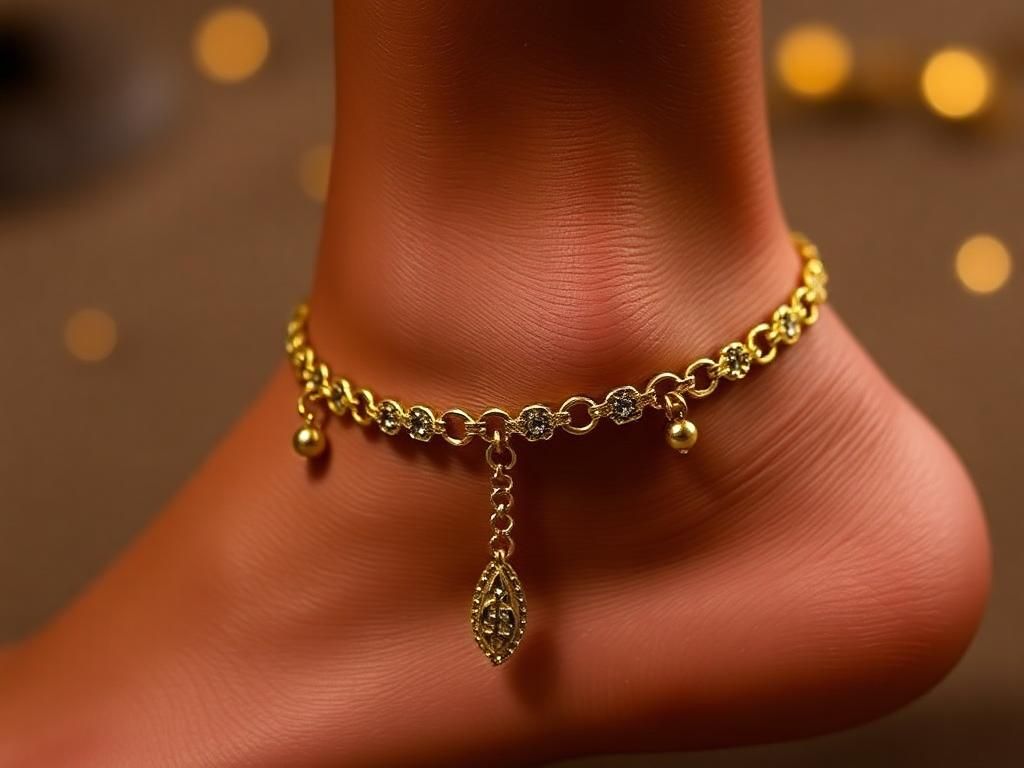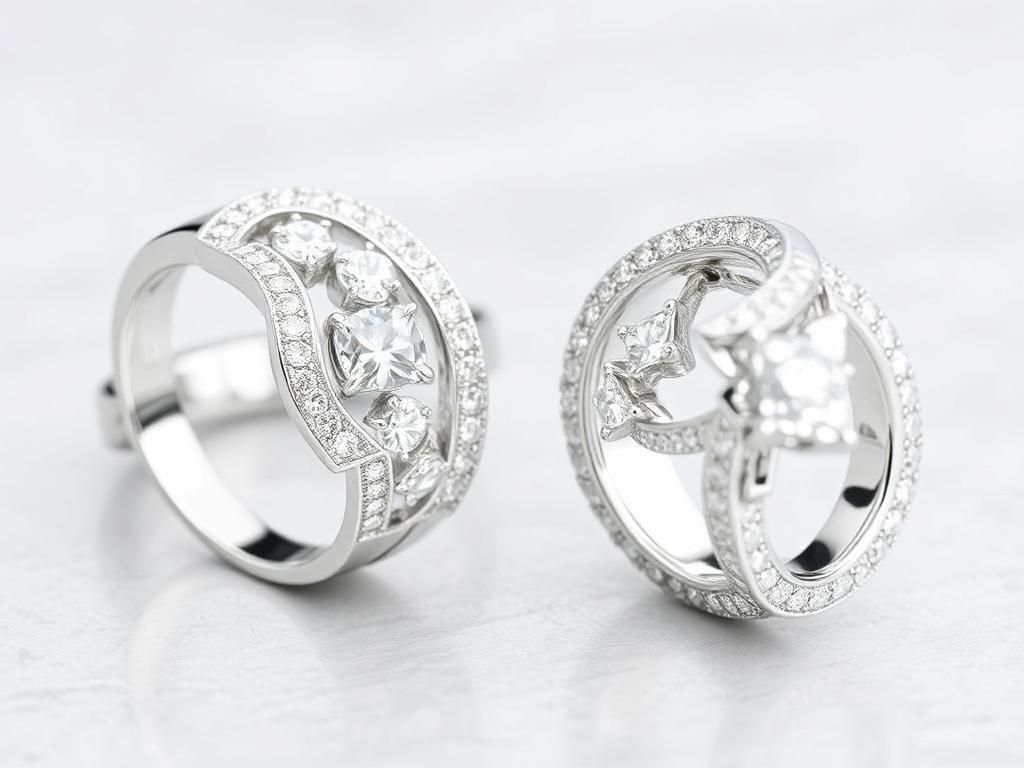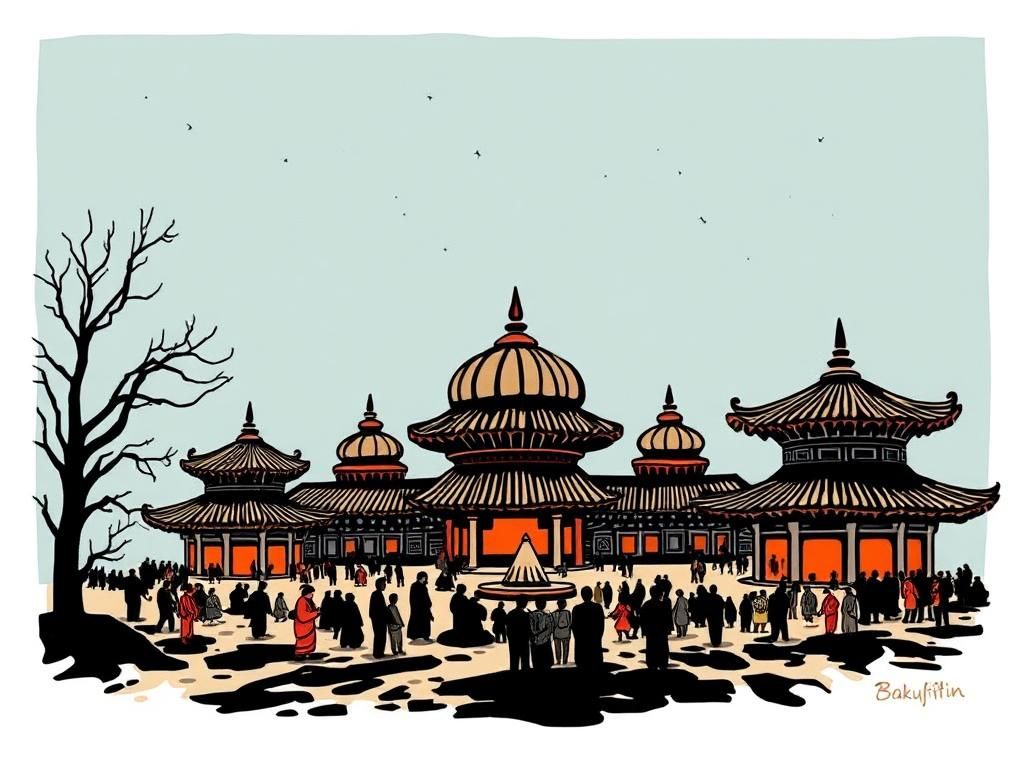Anklets have adorned the ankles of individuals across various cultures for centuries, making them not just a fashion statement but also a rich symbol of various meanings. As styles have evolved and gained popularity, understanding the symbolism behind anklets has become increasingly important. Whether you’re curious about their historical roots, cultural significance, or personal interpretations, exploring what an anklet signifies can provide insightful layers to your jewelry choices.
Historical Background of Anklets
Origins of Anklets
The journey of anklets begins in ancient civilizations, where their designs and meanings were deeply rooted in culture. In ancient Egypt, anklets adorned the ankles of both men and women, often made from gold and precious stones, symbolizing wealth and status. In India, anklets took on a different yet equally significant role, often worn by brides as an important part of their wedding attire, symbolizing marital status and femininity. Native American tribes also crafted anklets, which were made from leather, beads, and other natural materials, signifying connection to nature and spirituality.
Evolution of Anklet Styles
Initially, anklets served practical purposes; however, over the centuries, they have transformed into fashionable accessories. The rise of global fashion trends has introduced a diverse range of styles, materials, and designs. From simple metal chains to intricate beaded creations, modern anklets can be personalized and customized to reflect individual tastes. This evolution conveys a shift in the general perception of what anklets signify today.
Cultural Significance of Anklets
Anklets in Different Cultures
Across various cultures, anklets hold differing significances. In Indian tradition, anklets known as “payal” are often seen as a symbol of prosperity and are worn by married women. In African cultures, certain designs of anklets signify rites of passage and are sometimes linked to tribal identity. Middle Eastern customs regard anklets as symbols of good luck and protection, often decorated with charms and amulets.
Symbolism Across Cultures
Different cultures imbue anklets with meanings that span love, commitment, fertility, and spirituality. Anklets can represent relationships, often exchanged as tokens of affection. They are also associated with femininity and fertility; in many societies, the act of wearing anklets is seen as embracing womanhood. Furthermore, some cultures believe anklets serve as protective talismans warding off negative energies.
Modern Interpretations of Anklets
Fashion Accessory vs. Cultural Symbol
In contemporary society, anklets play a dual role, straddling the line between fashion accessory and cultural symbol. While many wear anklets for their aesthetic appeal, often this cultural significance can be overlooked. This underlines the need to understand and appreciate the deeper meanings associated with anklets, especially when adopting styles from varied cultures.
Anklets and Personal Identity
In today’s fashion landscape, anklets are also a powerful medium for self-expression. They can embody themes of friendship, love, individuality, and rebellion. Some wearers choose specific designs that resonate with their personal journeys, while others might opt for custom pieces that tell their unique stories through color and decoration.
Types of Anklets and Their Meanings
Materials and Styles
Different materials and styles of anklets carry distinct meanings. Beaded anklets, for example, often use colors and materials that symbolize various intentions:
- Beaded Anklets: The different colors used can represent love (red), prosperity (green), and protection (blue).
- Metal Anklets: Gold is often associated with wealth and success, whereas silver can symbolize purity and clarity.
- Fabric and Leather Anklets: These anklets represent free-spiritedness and are often synonymous with specific movements or ideologies, such as bohemian culture.
Specific Designs and Their Symbolism
Many anklet designs also carry unique meanings:
- Infinity Symbols: Representing eternity and endless love.
- Charms: Some charms serve protective roles, like those meant to ward off evil spirits.
- Seasonal Designs: These are often associated with celebrations or festivals, embodying the spirit of those special occasions.
How to Choose an Anklet Based on Its Significance
Personal Significance
Choosing an anklet requires introspection regarding personal significance. Consider what you wish to convey with your anklet—whether you’re embracing femininity, marking a milestone, or simply expressing your style. Selecting designs that resonate with you can transform an ordinary accessory into a meaningful piece of jewelry.
Cultural Appropriation vs. Appreciation
When donning an anklet with cultural roots, it’s crucial to navigate the fine line between cultural appreciation and appropriation. Grounding your choice in understanding the background and the stories behind the anklet can lead to ethical adornment. Always strive to respect the culture from which the design originates, ensuring that your choice is made thoughtfully.
Conclusion
Anklets serve as much more than a simple fashion statement; they are infused with layers of historical, cultural, and personal significance that can greatly enhance one’s connections with the piece. From ancient symbols of wealth and femininity to modern representations of love and identity, understanding what an anklet signifies invites wearers to embrace its meaning. We encourage you to share your personal experiences or insights into the significance you find in wearing anklets, enriching the tapestry of interpretation that this beautiful accessory holds.
FAQs (Frequently Asked Questions)
Are anklets only for women?
Anklets are traditionally associated with women in many cultures but can be worn by anyone regardless of gender.
What does it mean when someone wears an anklet on the left ankle?
In various cultures, wearing an anklet on the left ankle can signify a romantic relationship or commitment.
Can anklets be worn in a professional setting?
Yes, anklets can be worn in professional settings, particularly if they are subtle and appropriate for the workplace.
How do I care for my anklet?
Caring for your anklet depends on its material. Generally, keep it clean and avoid exposing it to excessive moisture. For metal anklets, regular polishing can prevent tarnishing.
Where can I find anklets that have cultural significance?
Many artisan shops or online marketplaces like Etsy offer anklets that honor specific cultural designs. Ensure to research the significance before purchasing.
How do I choose the right size anklet?
To find the right size, measure your ankle where you want the anklet to sit and add about an inch for comfort.
Can I customize my anklet?
Yes, many jewelers offer customization options, allowing you to choose materials, designs, and engravings that hold personal significance.
Are there specific symbols commonly used in anklet designs?
Yes, anklets often feature symbols like hearts, infinity signs, and nature motifs, each carrying its own meaning.
What occasions are best for wearing anklets?
Anklets can be worn during casual outings, beach vacations, or cultural events. They offer a playful accessory for various settings.
Can wearing an anklet bring good luck?
In many cultures, anklets are believed to bring good luck and protection to the wearer, especially when adorned with specific charms.
| Anklet Type | Materials | Meanings |
|---|---|---|
| Beaded Anklet | Glass, Wood, Gemstones | Colors represent love, prosperity, and protection. |
| Metal Anklet | Gold, Silver | Gold symbolizes wealth; silver represents purity. |
| Fabric Anklet | Cloth, Leather | Symbolizes free spirit and boho culture. |
| Fashion Anklet with Charms | Variety of Materials | Charms often serve as symbols for protection. |
Understanding what does an anklet signify helps you make an informed choice, reflects your identity, and connects you with cultural narratives. By embracing both their beauty and significance, anklets can become a cherished addition to any jewelry collection.


